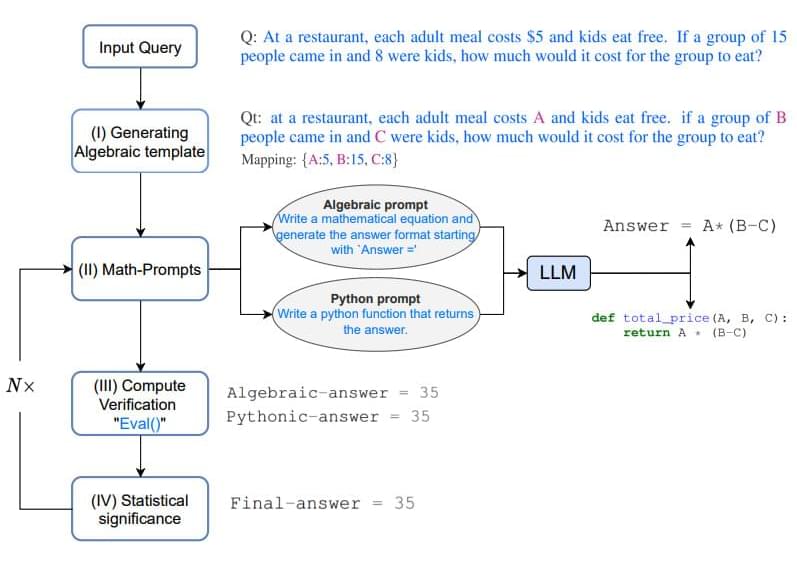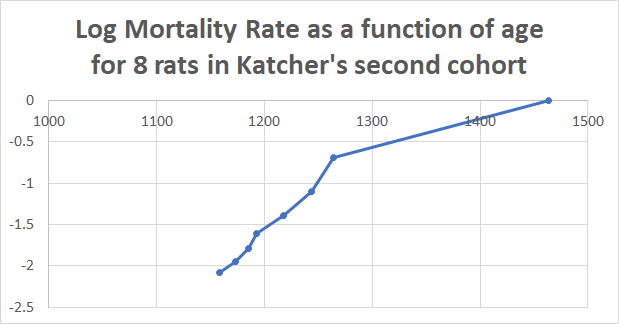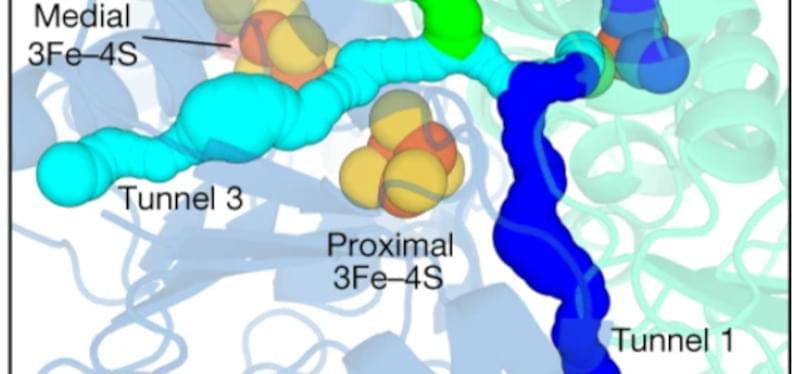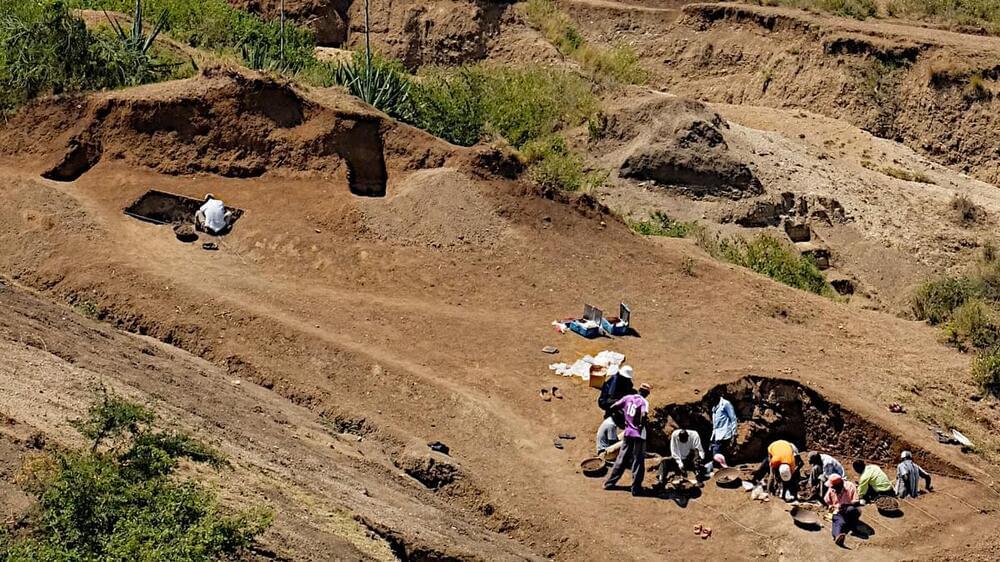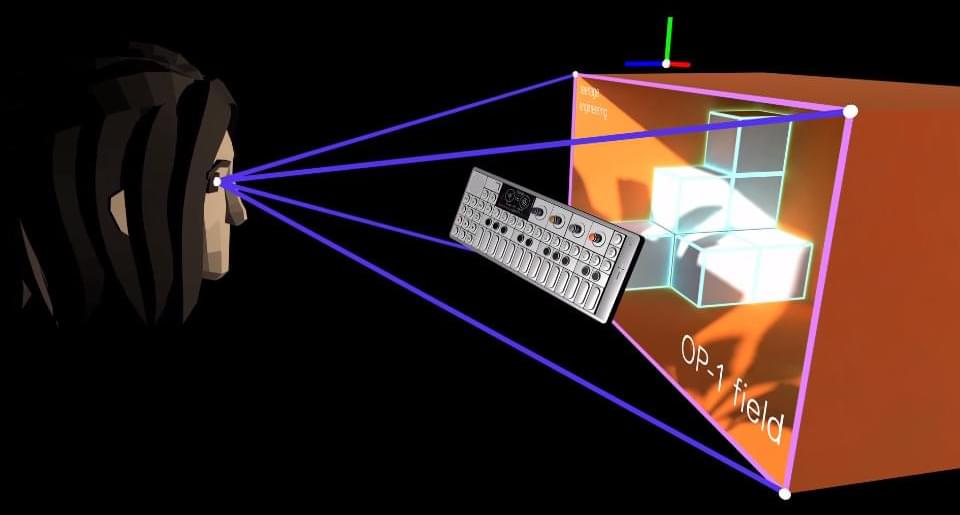Go to https://brilliant.org/IsaacArthur/ to get a 30-day free trial + the first 200 people will get 20% off their annual subscription.
If the end of the world is nigh, it may be too late to avert a catastrophe. So what can we do to mitigate the damage or recover after a cataclysm comes?
Visit our Website: http://www.isaacarthur.net.
Join Nebula: https://go.nebula.tv/isaacarthur.
Support us on Patreon: https://www.patreon.com/IsaacArthur.
Support us on Subscribestar: https://www.subscribestar.com/isaac-arthur.
Facebook Group: https://www.facebook.com/groups/1583992725237264/
Reddit: https://www.reddit.com/r/IsaacArthur/
Twitter: https://twitter.com/Isaac_A_Arthur on Twitter and RT our future content.
SFIA Discord Server: https://discord.gg/53GAShE
▬ Cataclysm Index ▬▬▬▬▬▬▬▬▬▬
0:00 — Intro.
03:43 — Nuclear War.
11:24 — Asteroid.
15:34 — Supernova.
18:34 — Gamma Ray Burst.
21:51 — Massive Climate Shift.
23:15 — Snowball Earth.
24:34 — Super Volcano.
28:51 — BioWar.
30:46 — Zombie Apocalypse.
32:25 — Robots / AI
35:10 — Alien Invasions.
Listen or Download the audio of this episode from Soundcloud: Episode’s Audio-only version: https://soundcloud.com/isaac-arthur-148927746/journey-to-alpha-centauri.
Episode’s Narration-only version: https://soundcloud.com/isaac-arthur-148927746/journey-to-alp…ation-only.
Credits:
Surviving An Apocalypse.
Science & Futurism with Isaac Arthur.
Episode 385a, March 12, 2023
Written, Produced & Narrated by Isaac Arthur.
Editors:

